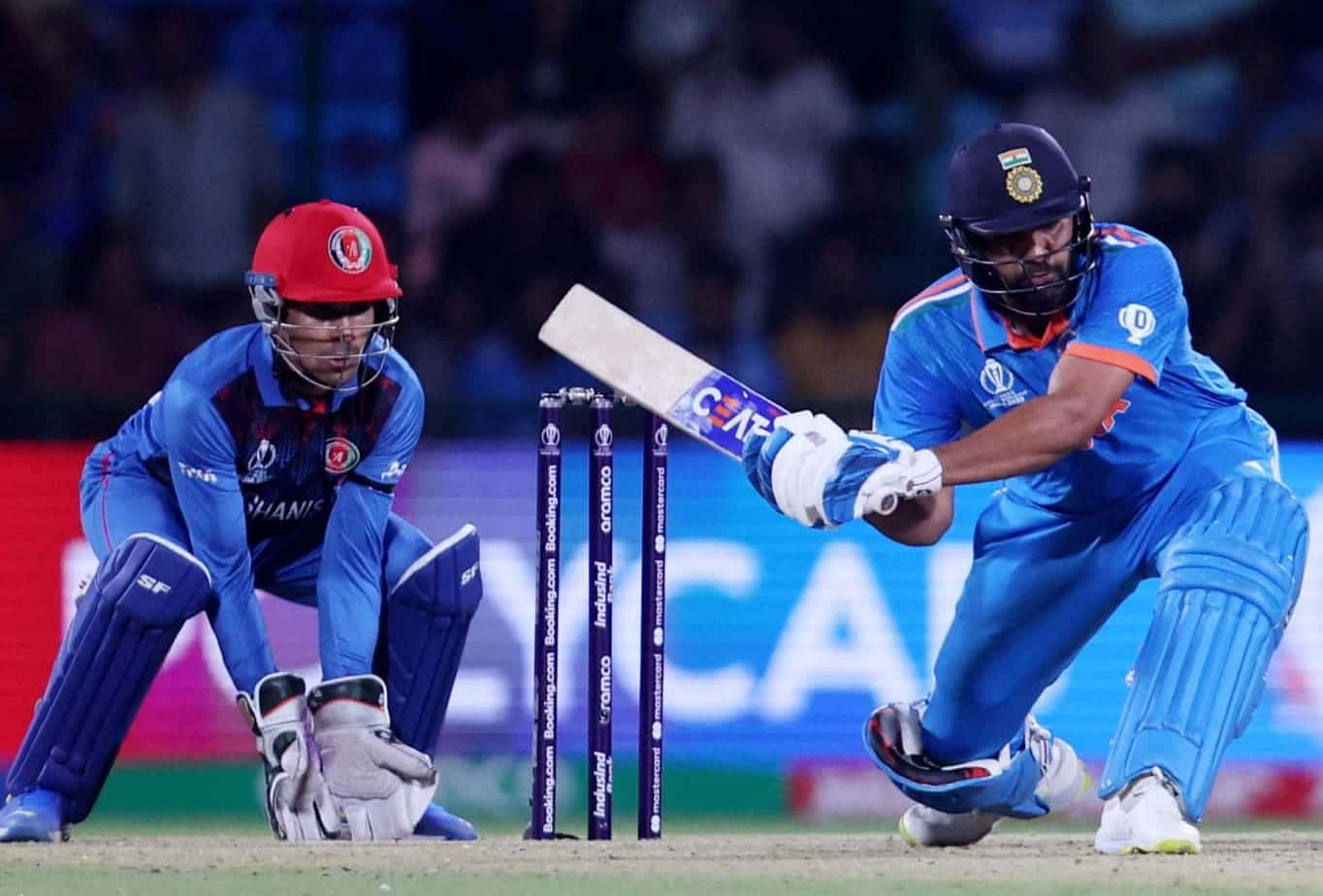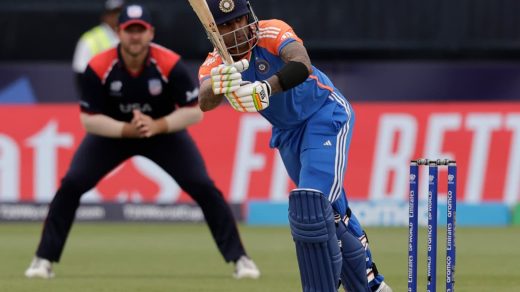The Afghanistan National Cricket Team Vs India National Cricket Team Timeline represents an extraordinary journey in international cricket.
This remarkable story showcases how two nations, despite their vastly different cricketing backgrounds, have forged a strong bond through their shared passion for the game.
While India stands as a cricket powerhouse with decades of experience, Afghanistan’s rise in international cricket has been nothing short of inspirational.
Their relationship exemplifies how sports can transcend geographical boundaries and cultural differences.
The Afghan National Cricket Team Vs India National Cricket Team Timeline is not just about cricket matches and statistics; it’s a narrative of mentorship, growth, and mutual respect.
Afghanistan National Cricket Team Vs India National Cricket Team Timeline

From humble beginnings in refugee camps to competing at the highest level of international cricket, Afghanistan’s cricket journey has been significantly influenced by India’s support and guidance.
Their upcoming T20I series in January 2024 marks a historic milestone, being their first-ever bilateral T20 series.
Historical Background
India’s Cricket Evolution
- Colonial Period (Pre-1947)
- Cricket introduction through British rule
- Development of local cricket culture
- Formation of domestic cricket structure
- Emergence of first cricket heroes
- Post-Independence Era (1947-1970)
- Establishment of national cricket framework
- International cricket recognition
- Development of Test cricket capabilities
- Building of cricket infrastructure
- Modern Era (1971-Present)
- Multiple World Cup victories (1983, 2011)
- Creation of IPL revolution
- Leadership in global cricket administration
- Commercial cricket dominance
Afghanistan’s Cricket Rise
- Early Development (1990s)
- Cricket growth in refugee camps
- Limited resources but strong passion
- Community-driven cricket development
- Basic infrastructure establishment
- Growth Phase (2000-2010)
- Formation of cricket administration
- International cricket recognition
- Development of basic facilities
- First international cricket exposure
Timeline of Cricket Relations
Major Milestones Table:
| Year | Event | Significance |
|---|---|---|
| 2009 | First Contact | Afghanistan team’s India visit |
| 2012 | First ODI Match | Historic beginning of cricket relations |
| 2018 | Test Cricket Debut | Afghanistan’s first Test against India |
| 2024 | T20I Series | First bilateral T20 series |
The Afghanistan National Cricket Team Vs India National Cricket Team Timeline showcases several developmental phases:
Initial Phase (2009-2011)
- Training program implementation
- Technical support provision
- Infrastructure development assistance
- Coaching expertise sharing
Development Period (2012-2017)
- Regular cricket interactions
- Enhanced cooperation
- Tournament participation
- Player development focus
Team Comparison Analysis
Batting Capabilities:
| Aspect | India | Afghanistan |
|---|---|---|
| Top Order | Technical excellence | Aggressive approach |
| Middle Order | Experience-rich | Developing talent |
| Lower Order | Reliable finishing | Power hitting |
| Batting Style | Traditional | Modern aggressive |
Bowling Strengths:
- India’s Arsenal
- World-class pace attack
- Versatile spin department
- Multiple bowling options
- Experience in all conditions
- Afghanistan’s Strength
- Elite spin bowling unit
- Developing pace department
- Mystery spin variations
- Economic bowling styles
Key Players Profile
Indian Cricket Stars:
- Rohit Sharma (Captain)
- Leadership style: Aggressive
- T20I average: 45+
- Role: Opening batsman
- Special skill: Six-hitting prowess
- Virat Kohli
- Position: Top order
- Average: 50+ across formats
- Role: Key batsman
- Special skill: Chase master
- Jasprit Bumrah
- Style: Fast-medium
- Special skill: Yorker specialist
- Role: Lead bowler
- Economy: Under 7 in T20Is
Afghanistan Stars:
- Rashid Khan
- Style: Leg spin
- Special skill: Mystery variations
- Role: Lead spinner
- Economy: Under 6.5 in T20Is
- Mohammad Nabi
- Experience: 15+ years
- Role: All-rounder
- Special skill: Power hitting
- Style: Off spin
Technical Aspects
Venue Analysis:
- IS Bindra Stadium, Mohali
- Capacity: 26,000 spectators
- Pitch nature: Batting-friendly
- Weather conditions: Cool evenings
- Historical significance: High-scoring venue
Playing Conditions Table:
| Factor | Impact | Strategic Importance |
|---|---|---|
| Weather | Evening dew | Affects bowling |
| Temperature | Cool climate | Better for fast bowling |
| Wind | Variable conditions | Impacts swing bowling |
| Humidity | Moderate levels | Influences ball behavior |
Series Format and Schedule
The Afghanistan National Cricket Team Vs India National Cricket Team Timeline features a historic T20I series:
First T20I:
- Date: January 11, 2024
- Venue: Mohali
- Start time: 7:00 PM IST
- Pre-match events: 6:30 PM IST
Second T20I:
- Date: January 14, 2024
- Venue: To be announced
- Match timing: Evening
- Significance: Series Momentum
Third T20I:
- Date: January 17, 2024
- Venue: To be announced
- Format: Day/Night
- Status: Series decider
Broadcasting and Coverage
Media Distribution:
- Television Broadcasting
- Network: Sports 18
- Quality: HD coverage
- Commentary: Multiple languages
- Analysis: Expert panels
- Digital Platforms
- Platform: JioCinema
- Features: Live streaming
- Content: Full match coverage
- Extras: Interactive elements
Strategic Analysis
Team Approaches:
| Strategy | India | Afghanistan |
|---|---|---|
| Batting | Aggressive start | Power hitting |
| Bowling | Pace-spin combo | Spin dominance |
| Fielding | Athletic setup | Strategic placement |
| Game Plan | Flexible approach | Spin-focused |
Development Initiatives
Cricket Cooperation:
- Infrastructure Support
- Training facility access
- Technical expertise sharing
- Equipment provision
- Coaching program implementation
- Player Development
- Exchange programs
- Specialized training camps
- Technical workshops
- Practice match opportunities
Commercial Aspects
Economic Impact:
- Revenue Sources
- Broadcasting rights
- Stadium ticket sales
- Sponsorship agreements
- Merchandise sales
- Market Development
- Brand building
- Fan engagement programs
- Partnership opportunities
- Cricket tourism promotion
Future Prospects
Growth Opportunities:
- Bilateral Relations
- Regular series scheduling
- Format expansion
- Youth development programs
- Technical collaboration
- Development Areas
- Infrastructure enhancement
- Talent development
- Commercial growth
- Fan base expansion
Impact on Cricket
Sport Development:
- Technical Growth
- Skill enhancement programs
- Tactical innovation
- Performance analysis
- Training methodology
- Cultural Exchange
- Cricket diplomacy
- Fan interaction
- Cultural understanding
- Sporting brotherhood
Frequently Asked Questions
- Q: When does the T20I series begin?
A: The series starts on January 11, 2024, in Mohali.
- Q: How can fans watch the matches?
A: Matches will be broadcast on Sports 18 Network and streamed live on JioCinema.
- Q: What is the series format?
A: It’s a three-match T20I series scheduled from January 11-17, 2024.
- Q: Are spectators allowed in the stadium?
A: Yes, tickets are available through authorized vendors and official channels.
- Q: What are the match timings?
A: Matches begin at 7:00 PM IST, with the toss scheduled for 6:30 PM IST.
- Q: Will all key players be available?
A: Both teams are expected to field their strongest available squads, subject to fitness and selection.
- Q: Is this the first series between these teams?
A: Yes, this is their first bilateral T20I series, though they have met in ICC tournaments before.
Conclusion:
The Afghanistan National Cricket Team Vs India National Cricket Team Timeline represents a unique journey in international cricket.
This relationship has evolved from simple training support to a full-fledged cricket partnership, demonstrating the sport’s power to unite nations and create lasting bonds.
The upcoming T20I series is more than just another cricket tournament – it’s a celebration of this special relationship and the growth of cricket in both nations.
As both teams prepare for this historic series, they carry not just their nations’ hopes but also the responsibility of strengthening cricket’s global appeal.
The future of this cricketing partnership looks bright, with both nations committed to growing the sport and supporting each other’s development.
This story stands as a testament to how sports can transcend boundaries and create meaningful connections between nations, inspiring future generations of cricketers and fans alike.


